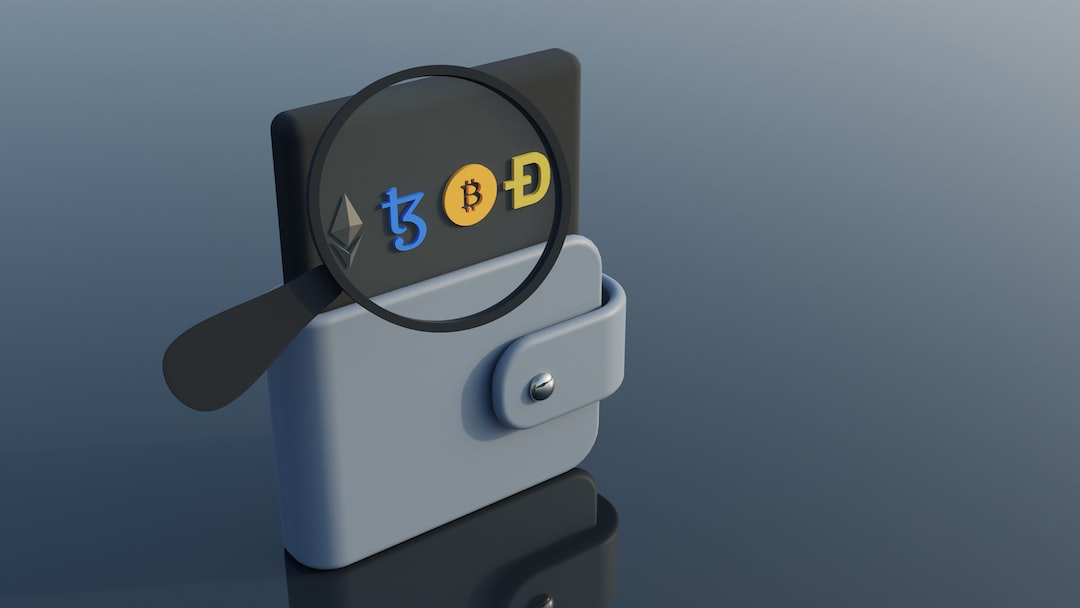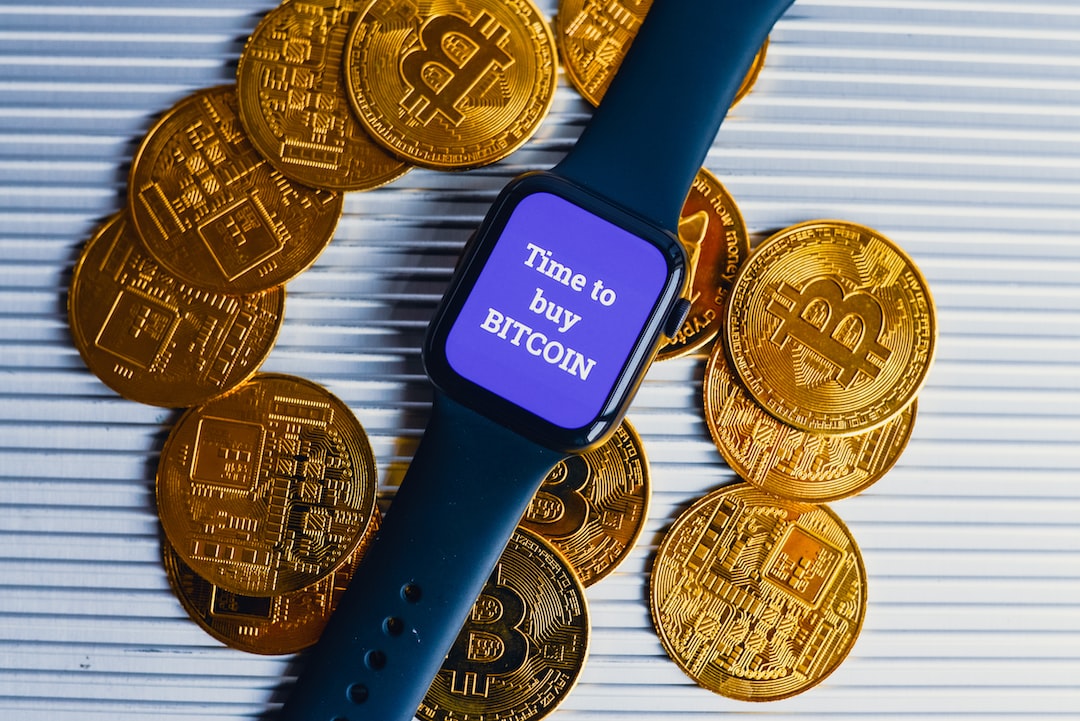Tokenizing Real-World Assets: Progress, Challenges, and Caution
In recent weeks, there has been a lot of excitement around the potential of tokenizing real-world assets, with predictions that it could become a $16 trillion industry by 2030. However, this week brings a more cautious and skeptical tone to the conversation.
Main Takeaways:
- Standardization is crucial for the growth of real-world asset tokenization, as it can make financial markets more efficient and rewrite the rules on credit.
- Regulation and decentralization are key to the success of tokenization, and failing to get the right mix could result in a loss of confidence in the blockchain sector.
- Maple Finance’s tokenized treasuries, offering a shield from inflation and a way to earn yield, have attracted $22 million in deposits since April.
- Backed, a platform for tokenized real-world assets, is expanding its products to new blockchains, providing more flexibility and diversity in applications.
- Artory, a leading platform for tokenizing fine art, is expanding its team to focus on tokenized financial opportunities.
Hot Take:
The tokenization of real-world assets holds enormous potential, but it also comes with challenges and risks. Standardization, regulation, and careful implementation are crucial to ensure the growth and success of this emerging industry. While there may be setbacks along the way, the pendulum will ultimately swing back as the benefits of tokenization become more apparent.





 By
By
 By
By
 By
By
 By
By

 By
By